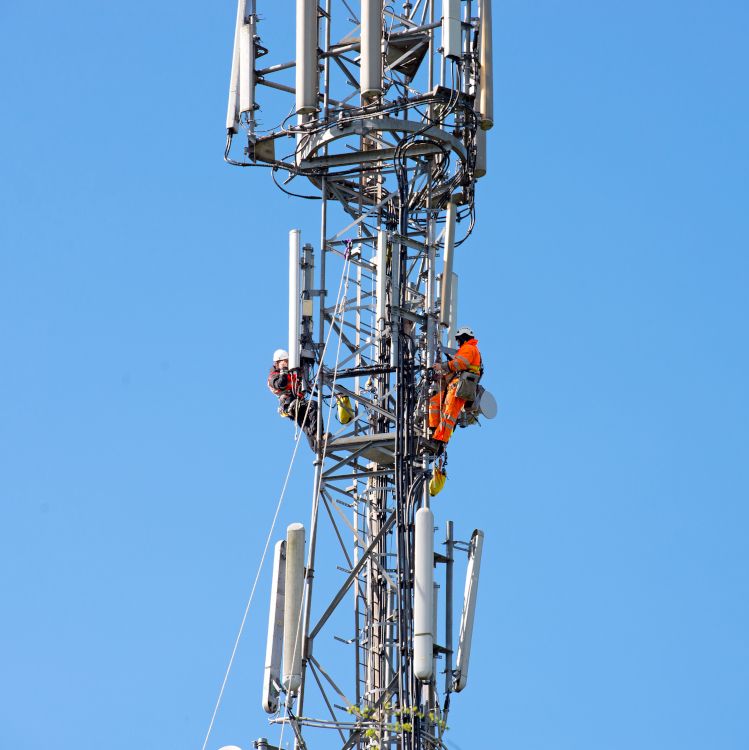Mobile Coverage: Strategic Insights for Local Authorities (part 3)

This is the third instalment in our three-part blog series on local authorities and mobile coverage. In our two previous posts we outlined the importance of mobile coverage for mobile authorities and the various mobile data collection methods available to understand the nature of their coverage.
Mobile Network Coverage data plays a crucial role in bolstering digital connectivity for local authorities. This final instalment of our blog series offers insights into effective utilisation of coverage data. We will argue that pointing mobile operators to problems (and hoping they will fix it) is not enough. Local authorities should help mobile operators by painting before-and-after scenarios and assisting mobile operators in overcoming deployment challenges. And finally, local authorities should realise that the mobile operators are not the only solution providers in the market and they should explore working with these to close the connectivity gap.
So let’s explore each of these points in detail:
- Overcoming mobile network deployment challenges
- Exploring Alternative Providers of Cellular Connectivity
- Our Expertise in Mobile Coverage Benchmarking
Overcoming Mobile Network Deployment Challenges

Whichever mobile coverage data collection method a local authority chooses, the question remains: How to use it most effectively? A detailed map of network coverage is a diagnosis, not a cure. Most local authorities anticipate that highlighting and visualising mobile network coverage issues will trigger operators into action. Highlighting the problem is a crucial first step, but it is only that – a first step. So if local authorities want the problem to be solved, they need to do more.
To understand why we say this, we have to understand that mobile operators grapple with multiple competing priorities when trying to deliver effective mobile network coverage. One of their primary challenges is finding suitable locations for equipment deployment . This is where local authorities can play a crucial role. They usually have access to a plethora of potentially suitable assets, such as rooftops and street furniture.
The government’s Digital Connectivity Infrastructure Accelerator program was an initiative to streamline working practices between operators and local authorities to enable better and faster deployment of mobile infrastructure on local authority assets. Local authorities should leverage this program and its learnings as a basis for collaborating with operators. By suggesting assets that can aid in providing a solution, local authorities can truly become part of the solution.
Exploring Alternative Providers of Cellular Connectivity
When looking at mobile coverage, people automatically think of the main operators (Vodafone, O2, Three and EE) as the solution providers. However, mobile phone operators are not the only providers of cellular connectivity. There’s a whole range of other players providing public cellular infrastructure. companies like Dense Air, Net Coverage Solutions, Telet Research, and Wave Mobile are just a few examples. Engaging them in the conversation can be a viable alternative to plug coverage gaps. Their commercial models differ and this requires careful consideration, but as a minimum, engaging with the alternative providers can spur the main mobile operators into action.
In short, by being part of the solution, rather than just pointing out the problem and by considering alternative solution providers, local authorities can accelerate the resolution of mobile coverage problems and deliver the benefits they need.
Our Expertise in Mobile Coverage Benchmarking
At Teragence, we’ve gathered extensive experience in mobile coverage benchmarking through crowdsourcing. We’re ready to advise local authorities and other stakeholders on possible remediation options.
Watch out this video to experience the power of real-time mobile network insights insights with Teragence Signal Checker.
Feel free to reach out to us at Teragence if you’d like to know more. Visit our contact page and let’s discuss how we can support your strategies.